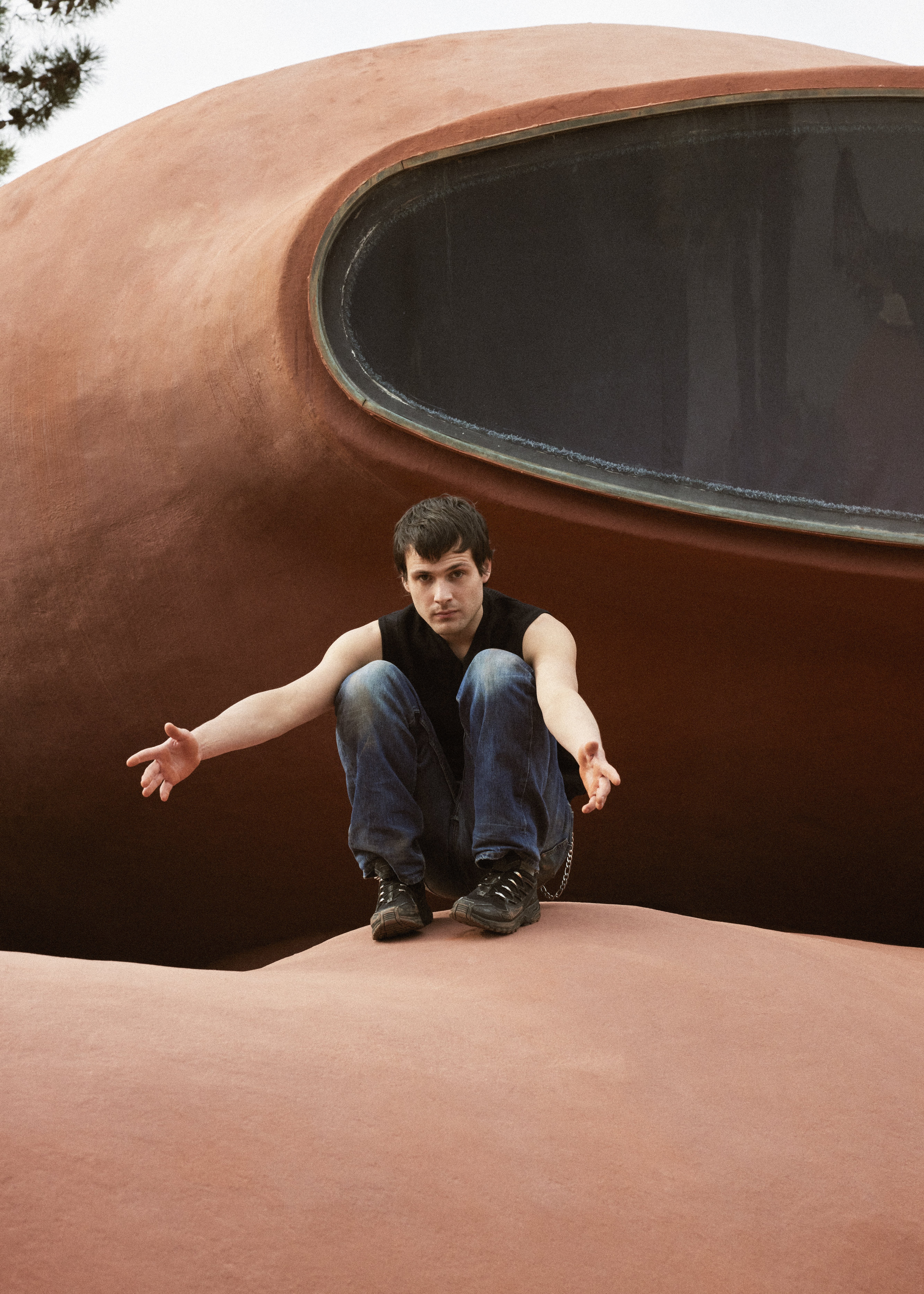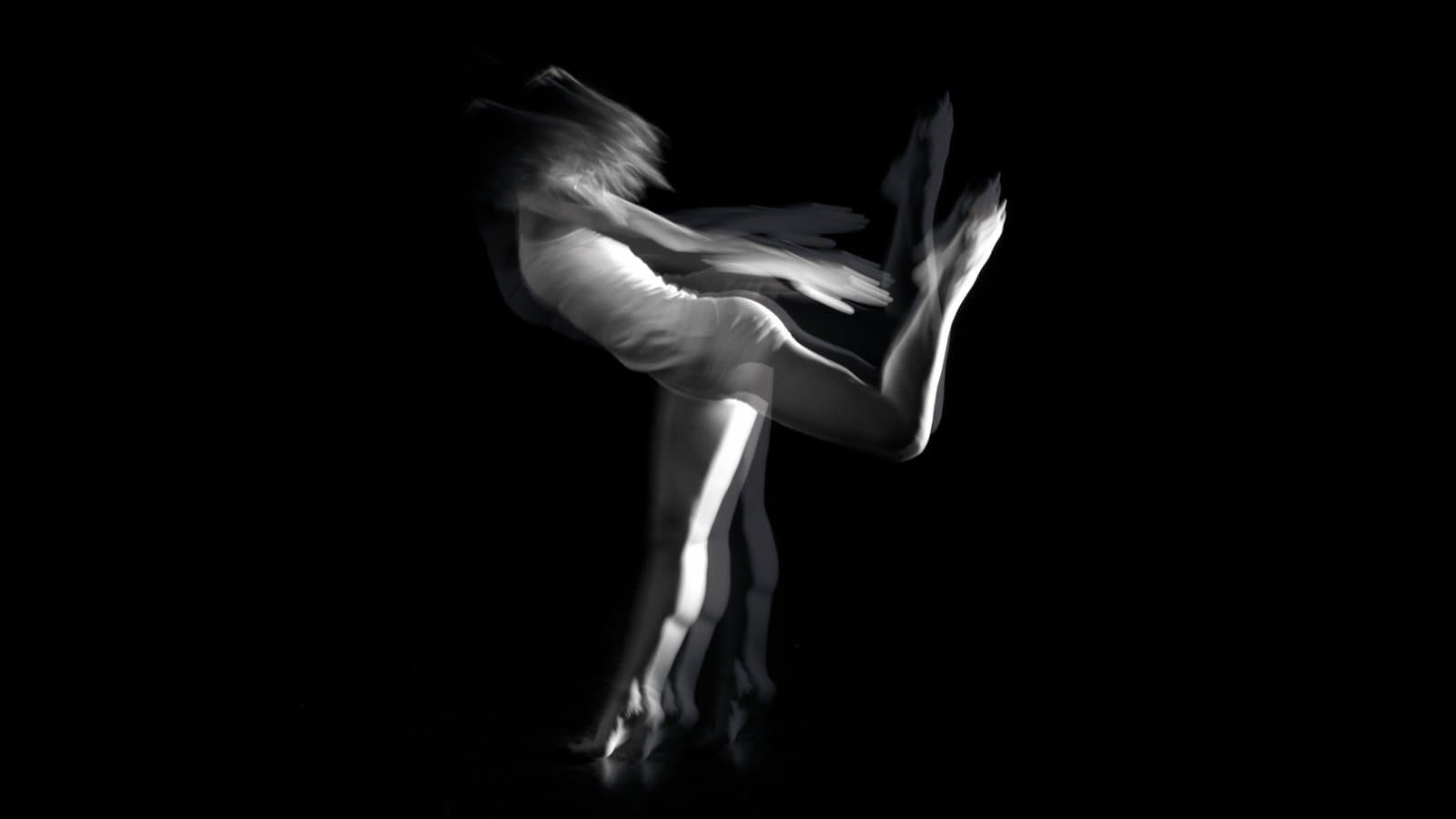Figure skating isn’t exactly synonymous with groundbreaking choreography. Yet ice dance, an Olympic discipline alongside individual and pairs figure skating, has stood out in recent years for its growing creativity. While innovation may not always be explicitly recognized or quantified within the sport, a growing number of athletes and coaches are pushing at the limits of what judges expect on the ice.
Two years ago, Gabriella Papadakis and Guillaume Cizeron made quite an entrance at the Beijing Winter Olympics. After taking to the rink with their rhythm dance, where the theme was “street dance,” the leading French ice dancing pair shattered their own world record with a program inspired by waacking, the dance style that originated in L.A.’s LGBTQI+ clubs.
Until recently, incorporating a technique like waacking into figure skating would have been unthinkable. “For generations, the set themes for the rhythm dance were tango one year, paso doble the next, and cha-cha the following one,” says Romain Haguenauer, who has coached Papadakis and Cizeron since their teenage years. But now, the landscape is changing. Just like this lithe, expressive duo, who clinched Olympic gold in 2022 to go with their five world titles, ice dancers are increasingly challenging the sport’s historical norms.
It marks a significant shift for a discipline often dismissed as kitschy, particularly by dance professionals. Former ice dancer Nathalie Péchalat, who was the president of the French Federation of Ice Sports (FFSG) from 2020 to 2022, sees it as necessary: “We have to appeal to younger audiences, because we realized our audience is aging.” Yet this aspiration doesn’t always align with a key aspect of the sport: the need to codify its scoring system, and the inertia that can come with that.
Ice dance, one of the four figure skating Olympic disciplines alongside individual figure skating (men and women) and pairs, doesn’t involve jumps. Instead, its mandatory technical elements – five in the rhythm dance, ten in the free dance – consist of step sequences, lifts, spins and turns (including twizzles, where skaters turn parallel to each other). Each team then puts these puzzle pieces together in their own way. “Choreography is paramount in ice dance. It’s what sets our sport apart,” says Haguenauer. “When we do a step sequence in a diagonal, for instance, we’re told what it needs to look like in space, we have the direction, but then we make it our own. We create our own mandatory technical elements each year, because they need to be adapted to the music and to the choreographic concept.”
Scoring for these sequences is now regulated, after the scandal that marred the pairs figure skating competition at the Salt Lake City Olympics, in 2002. At the time, the judges only gave two scores out of 6.0, a technical one and an artistic one – an “overall impression” scoring system that left the door open to cheating. Nowadays, each element is given a set difficulty value, moderated by a grade of execution (within a range of -5 to +5). In addition to this technical score, judges evaluate three program “components,” scored out of 10: composition, presentation and skating skills. While choreography falls within composition, the latter also “reflects the quality of the performance, its impact,” according to Haguenauer.
In other words, bold choices – like Papadakis and Cizeron’s decision to draw inspiration from Angelin Preljocaj’s Le Parc on the way to their first world title, in 2015 – can only inflect the score so much. “To be honest, artistic breakthroughs aren’t really rewarded,” Péchalat concurs. “What the judges evaluate is how well the program is done: is it clean, is it coherent, does it fit the requirements?”
For artists who are invited to work with ice dancers, this system can be disconcerting – as Rubén Julliard, a dancer with CCN-Ballet de l’Opéra national du Rhin, found when he spent a week in Canada last year with a young British pair, Layla Karnes and Liam Carr. “It’s quite a conservative world. You can tell they want to do more, but you have to go slowly,” he recalls. Still, Julliard had fun developing new sequences with Karnes and Carr – often in a studio first, before moving to the ice. “I was impressed with the athleticism of ice dancing, with their speed. And they have such incredible drive. I wish more dancers emulated it.”
Like the British pair, a growing number of ice dancers are looking for fresh inspiration. For a long time, however, French ice dance led the way – to the dismay of other federations. “Twenty years ago, it was often the French who proposed contemporary-inspired programs, with music by René Aubry, for example. Eastern European countries didn’t understand,” says Haguenauer with a smile. “The French model was more creative than others,” confirms Péchalat, a two-time European champion, in 2011 and 2012, with her partner Fabian Bourzat. When she was a junior skater, she says, it was more fashionable to take modern jazz classes than ballet, which has remained central to training in Eastern Europe. Over the course of her career, Péchalat also worked with dancers and choreographers who could “bring something new” to her programs, including Mourad Merzouki in 2006.
Still, ice dancers primarily work with specialized choreographers – like Haguenauer, who is one of the two main choreographers in the Ice Academy of Montréal (I.AM), which he co-founded with Marie-France Dubreuil and Patrice Lauzon. “But I don’t really see myself as a choreographer,” he says. “I’m a coach. Even if I love to create routines, my main goal is to win medals.” The many pairs he has trained at a high level have nonetheless contributed to the evolution of the sport towards more artistry – which sometimes involves a bit of strategy. Before they performed their waacking-inspired routine, which they developed with dancer Kim Gingras, Haguenauer and Papadakis/Cizeron dropped posts on social media to prime the skating world. “No one knew this style of dance,” Haguenauer says. “And when something is new, it’s not in the rulebook, it’s frowned upon… So we educated people using social media.”
This subtle prep work continues. Since the theme for this season’s rhythm dance is “the 1980s,” Haguenauer suggested music by the French singer Mylène Farmer to the French pair Evgenia Lopareva and Geoffrey Brissaud. “The judges said Farmer wasn’t from the 80s, but she is,” he says, laughing. “When you try to reinvent something, to find new combos, you’re often in a grey zone when it comes to the rules, you’re pushing them to change.” While this push has gained traction, it’s “because the people who initiated it won medals,” Haguenauer adds. “When you don’t win, you can’t be a trendsetter.”
Laura Cappelle is a Paris-based journalist and scholar. In 2023, she was appointed associate professor at Sorbonne Nouvelle University. She edited a French-language introduction to dance history, Nouvelle Histoire de la danse en Occident (Seuil, 2020), and her new book, Créer des ballets au XXIe siècle, is forthcoming with CNRS Éditions in May 2024. She has been the Financial Times’ Paris-based dance critic since 2010, and the New York Times’ French theater critic since 2017. She is also an editorial consultant for CN D Magazine.
Fédération française des sports de glace / French Ice Sports Federation
Figure Skating and Ice Dance World Championships
March 20 to 24 Mars in Montréal, Canada
Winter Olympics
In 2026, Milan and Cortina d’Ampezzo, Italy










